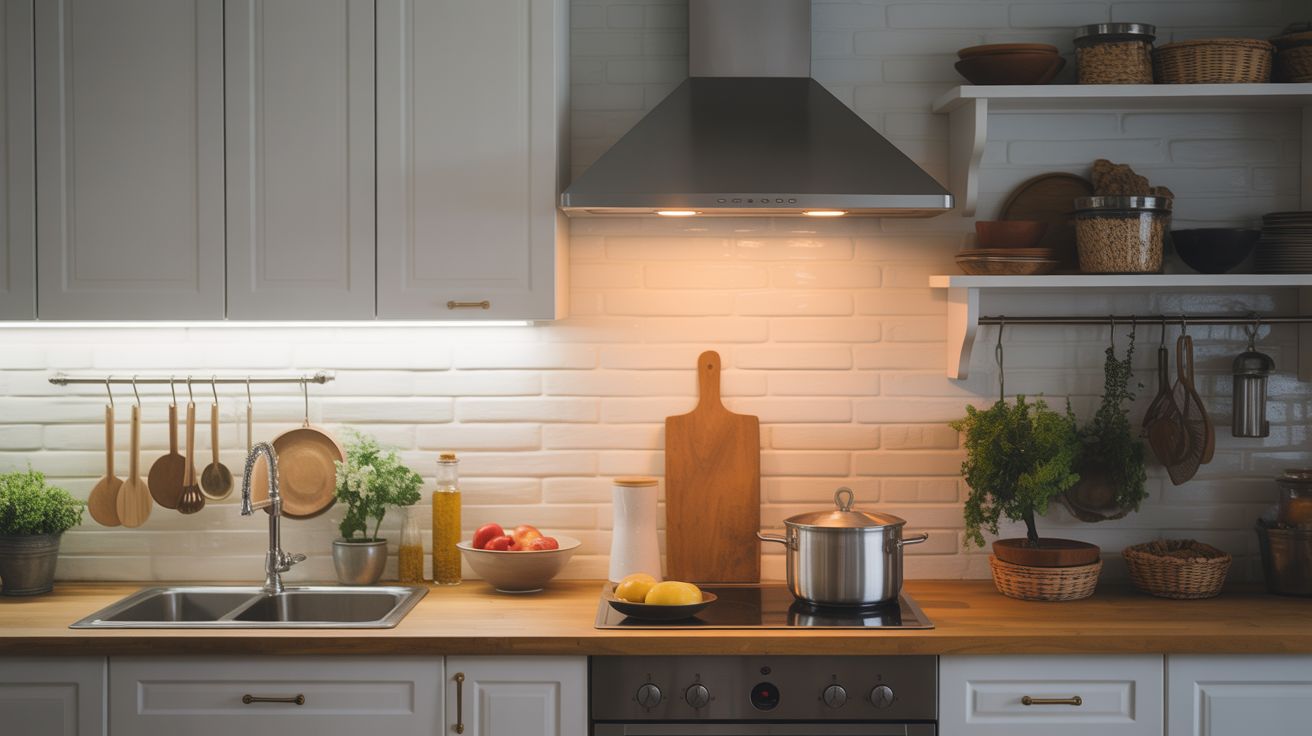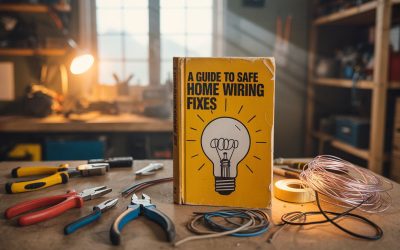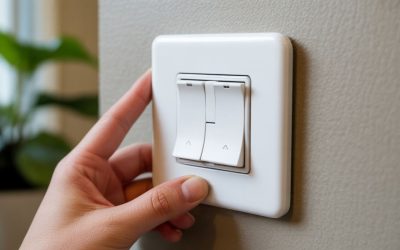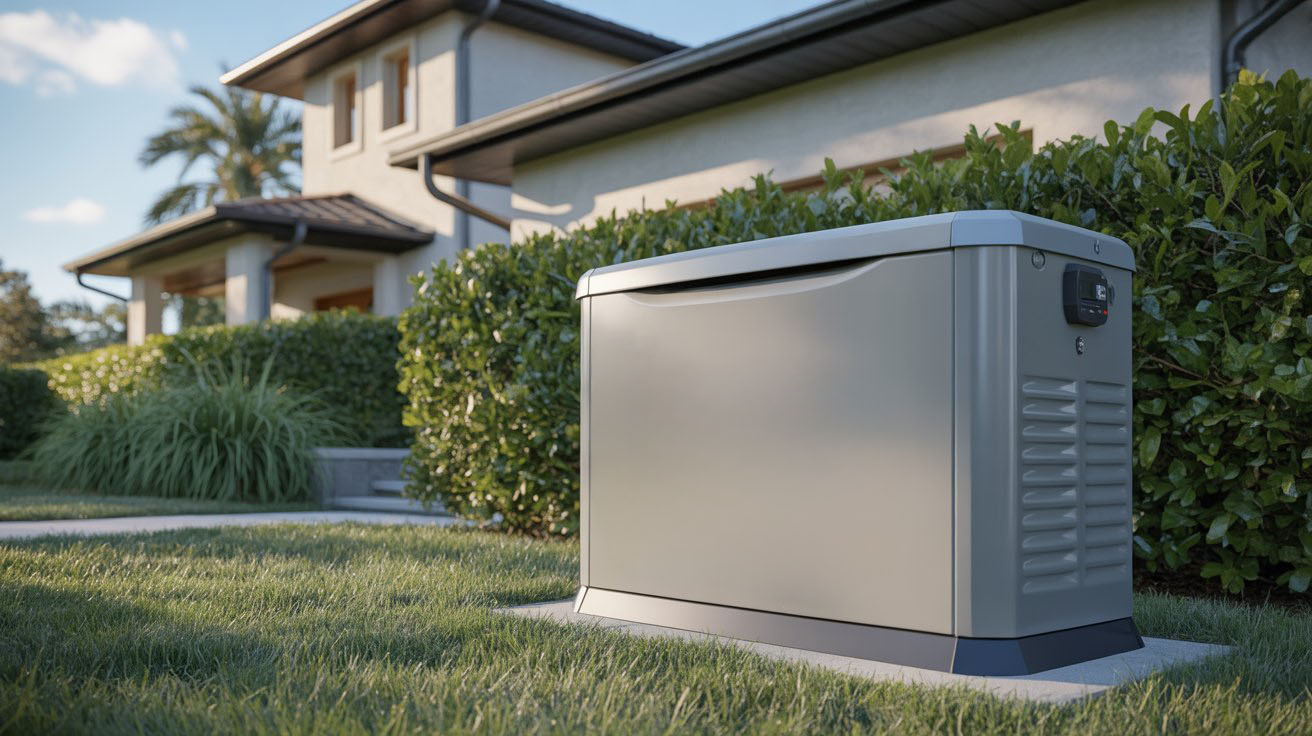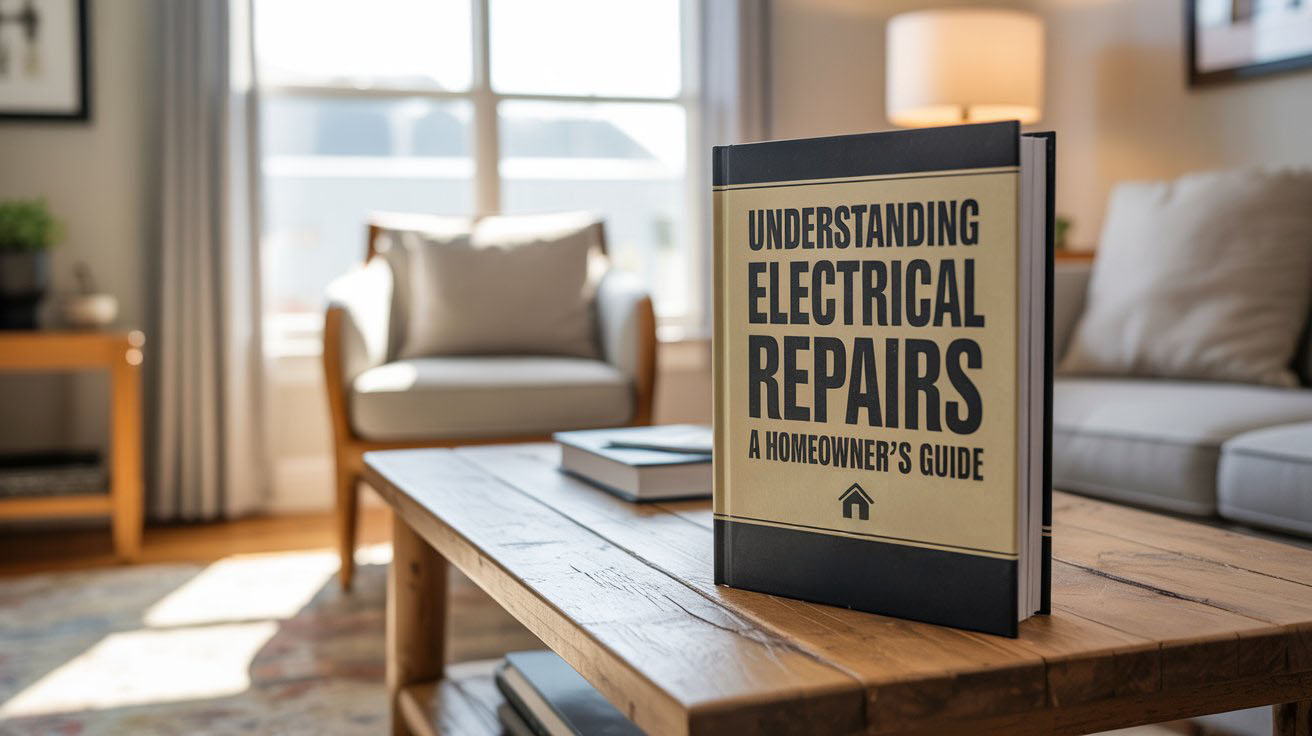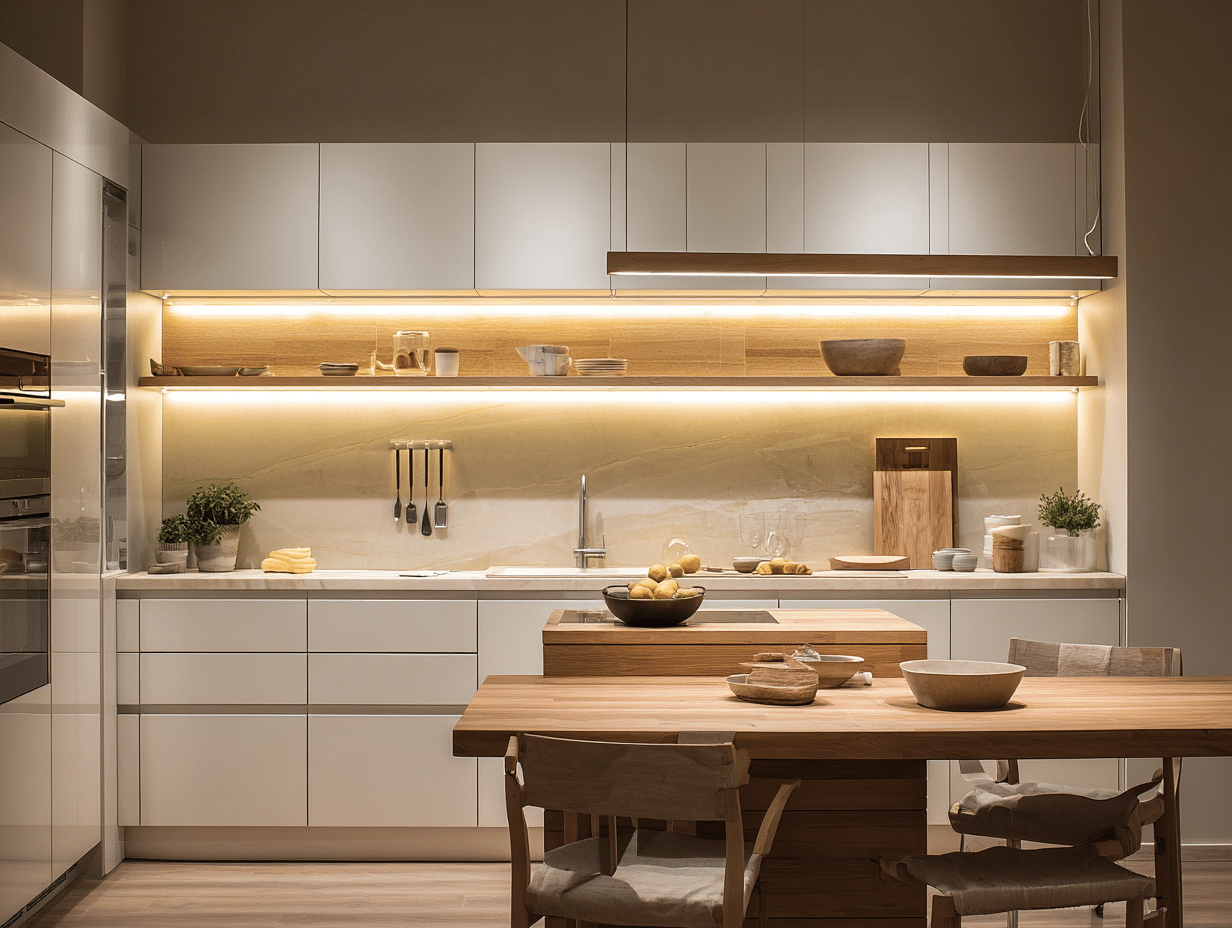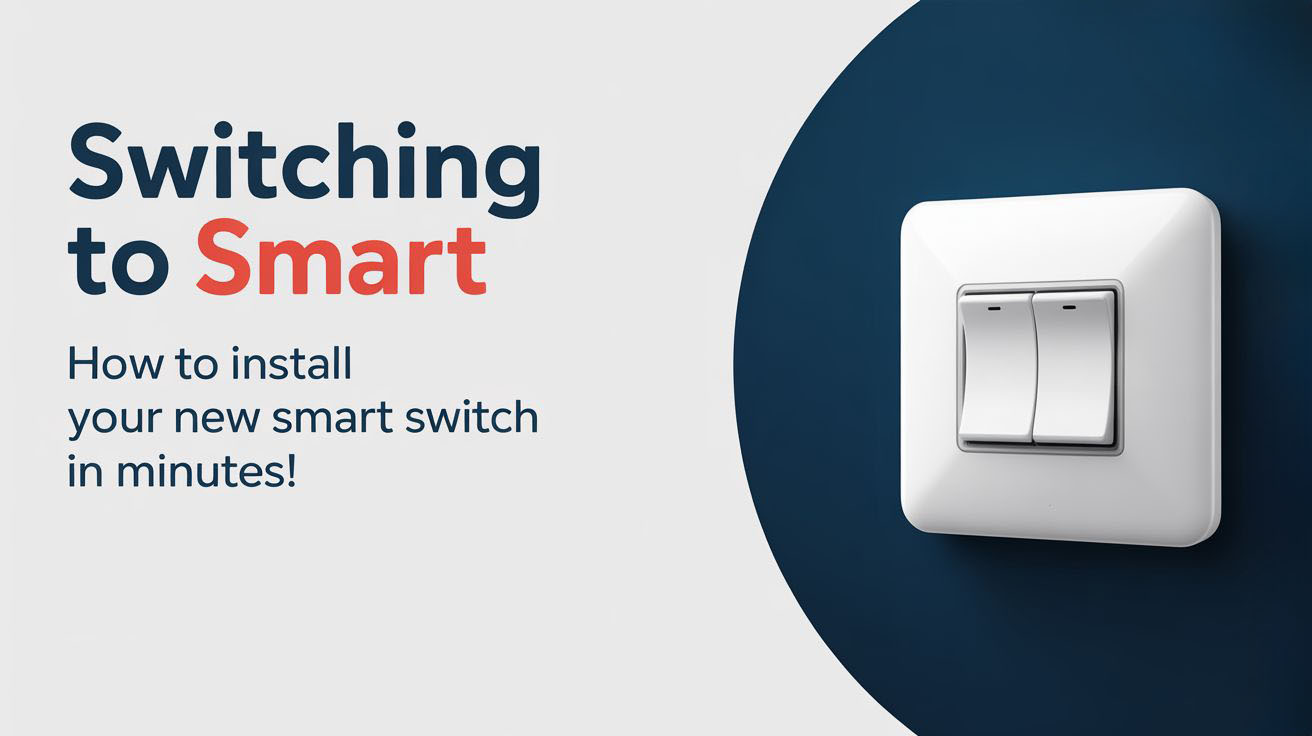Good lighting is essential in any kitchen. Not only does it enhance the look of your cooking space, but proper illumination also improves safety and functionality when whipping up delicious meals.
Table of Contents
- The Importance of Kitchen Lighting
- Types of Kitchen Lighting
- Planning Your Kitchen Lighting Design
- Installation Process
- Maintaining Your Kitchen Lights
- Key Takeaways
- Frequently Asked Questions
- Schedule Your Electrical Service Today
The Importance of Kitchen Lighting
Proper lighting in the kitchen can change how you feel and work in this vital space. Good lighting not only highlights your decor but can also make difficult cooking tasks easier. When you have good visibility, you can chop, mix, and prep with confidence, reducing the risk of accidents.
A well-lit kitchen also creates a warm and inviting atmosphere. Think about those family gatherings where everyone ends up in the kitchen. The right lighting can turn these moments into memorable experiences.
Types of Kitchen Lighting
Choosing the right type of lighting is crucial for functionality and ambiance. Here are some popular options:
- Ambient Lighting: This provides overall illumination and is typically the primary light source. Ceiling-mounted fixtures or recessed lighting often serve this purpose.
- Task Lighting: This focuses on specific areas where you do detailed work, such as countertops or islands. Under-cabinet lights are a great example.
- Accent Lighting: This adds flair and highlights features like artwork or decorative dishes. Pendant lights over an island can serve this function beautifully.
- Natural Lighting: If you have windows, don’t underestimate the power of natural light. Skylights and large windows can brighten your kitchen during the daytime.
Planning Your Kitchen Lighting Design
The planning phase is key to choosing the right lighting for your kitchen. Here are a few steps to guide you:
- Assess Your Space: Take note of the layout, colors, and size of your kitchen. This will help you determine how much light you need.
- Identify Activity Zones: Recognize where you perform specific tasks, such as food prep, cooking, or cleaning. These areas will benefit from targeted lighting.
- Choose Your Fixtures: Consider different styles and finishes that will complement your kitchen design. Think about energy-efficient options like LED lights for long-term savings.
- Create Layers: Aim for a mix of ambient, task, and accent lighting to create a balanced environment. This layering helps with both function and mood.
Installation Process
Installing new kitchen lighting can seem overwhelming, but breaking it down can make the process smoother. You might want to hire a professional electrician, but here’s a general guide for those inclined to DIY:
- Turn Off Power: Always switch off your circuit breaker before starting any electrical work.
- Remove Old Fixtures: Carefully detach any existing light fixtures. Make sure to note how the wiring was connected.
- Install New Fixtures: Follow the manufacturer’s instructions for the new fixtures. Connect the wiring—typically black (hot), white (neutral), and green or copper (ground).
- Secure Fixtures and Test: Once connected, mount the fixtures securely. Turn the power back on and test the lights.
While some homeowners may choose to install their lighting, hiring an electrician can ensure safety and compliance with local building codes.
Maintaining Your Kitchen Lights
Keeping your kitchen lights functional and looking great requires regular maintenance. Here’s how to ensure longevity:
- Check Bulbs Regularly: Replace any burnt-out bulbs promptly to keep the kitchen well-lit.
- Clean Fixtures: Dust and grime can build up on light fixtures. Use a soft cloth and mild cleaner to keep them sparkling.
- Inspect Electrical Connections: Periodically check that connections stay tight and free from corrosion to avoid potential safety hazards.
- Upgrade as Needed: If you notice that some lights aren’t fitting your needs anymore, consider updating with brighter or more efficient options.
Key Takeaways
– Proper kitchen lighting enhances safety and functionality.
– Use a combination of ambient, task, and accent lighting for an inviting space.
– Thorough planning is essential for effective design.
– Regular maintenance can keep your lights in top shape.
– Hiring a professional electrician can ensure safe installation.
Frequently Asked Questions
How often should I replace bulbs?
Replace bulbs when they burn out, but check for efficiency every year to stay up-to-date.
Can I install kitchen lights myself?
Yes, but if you’re unsure, it’s best to consult a professional electrician for safety.
What type of lighting is best for cooking?
Task lighting, such as under-cabinet fixtures, is ideal for cooking tasks.
Are LED lights worth the investment?
Yes, LED lights consume less energy and last longer than traditional bulbs, saving you money over time.
How can I improve natural lighting in my kitchen?
Consider adding mirrors, light-colored drapes, or even skylights to maximize natural light.
Schedule Your Electrical Service Today
Lighting can make or break your kitchen’s feel and functionality. If you’re ready to upgrade your kitchen lighting or need assistance with installation, don’t hesitate to reach out. Our team of qualified electricians is here to ensure your kitchen shines bright and functions well. For more details or to schedule a service, please Contact Us.

